Technological Innovations
Technological advancements play a crucial role in shaping the Home Blood Pressure Monitoring Device Market. Innovations such as Bluetooth connectivity, smartphone integration, and advanced algorithms for accurate readings are enhancing user experience. These devices are becoming increasingly user-friendly, allowing individuals to track their blood pressure trends over time. The integration of artificial intelligence in some devices offers personalized health insights, which may encourage more users to adopt home monitoring. As technology continues to evolve, it is likely that the market will see a surge in demand for these sophisticated devices, appealing to tech-savvy consumers who prioritize health management.
Rising Prevalence of Hypertension
The increasing prevalence of hypertension is a primary driver for the Home Blood Pressure Monitoring Device Market. According to health statistics, nearly 1.13 billion people worldwide suffer from hypertension, which necessitates regular monitoring. This condition often goes undiagnosed, leading to severe health complications. As awareness grows regarding the importance of managing blood pressure, more individuals are seeking home monitoring solutions. The convenience and accessibility of these devices empower patients to take control of their health, potentially reducing the burden on healthcare systems. Consequently, the demand for home blood pressure monitors is expected to rise, reflecting a shift towards proactive health management.
Government Initiatives and Support
Government initiatives aimed at promoting health awareness and disease prevention are driving the Home Blood Pressure Monitoring Device Market. Various health organizations are launching campaigns to educate the public about hypertension and the importance of regular monitoring. These initiatives often include subsidies or incentives for purchasing home monitoring devices, making them more accessible to a broader audience. As governments recognize the economic burden of untreated hypertension, they are likely to continue supporting the adoption of home monitoring solutions. This proactive stance is expected to bolster market growth, as more individuals are encouraged to invest in their health.
Shift Towards Preventive Healthcare
The growing emphasis on preventive healthcare is significantly influencing the Home Blood Pressure Monitoring Device Market. As healthcare systems worldwide shift from reactive to proactive approaches, individuals are encouraged to monitor their health regularly. This trend is reflected in the increasing sales of home monitoring devices, as consumers recognize the importance of early detection and management of health issues. The market is projected to grow as more people adopt home blood pressure monitors as part of their daily health routines. This shift not only empowers individuals but also alleviates pressure on healthcare facilities, indicating a promising future for the industry.
Increased Focus on Chronic Disease Management
The rising focus on chronic disease management is a significant driver for the Home Blood Pressure Monitoring Device Market. With chronic diseases such as hypertension becoming more prevalent, healthcare providers are emphasizing the need for continuous monitoring. Home blood pressure monitors allow patients to track their condition effectively, facilitating better communication with healthcare professionals. This trend is likely to lead to increased adoption of home monitoring devices, as patients seek to manage their health more effectively. The market is expected to expand as healthcare systems recognize the value of empowering patients through self-monitoring, ultimately improving health outcomes.



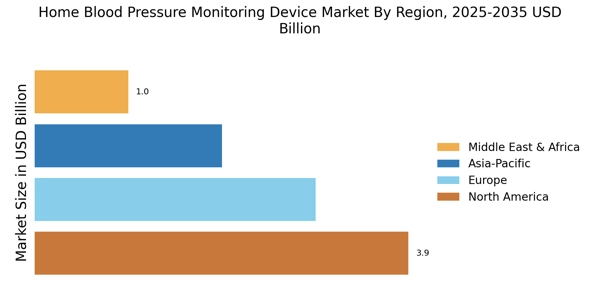
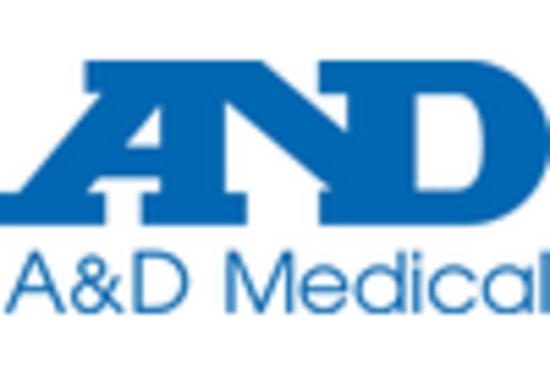
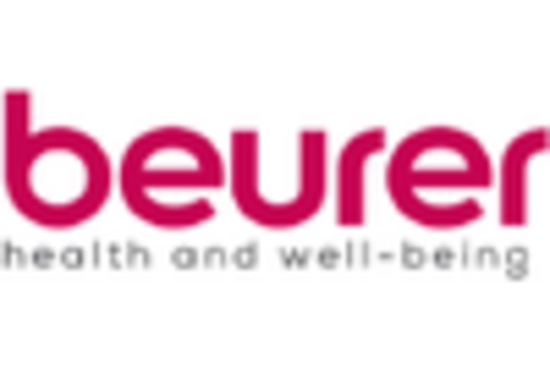

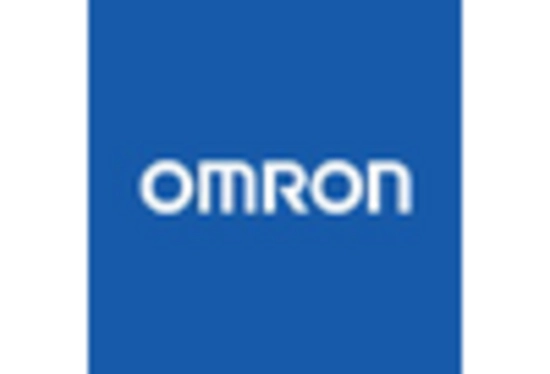

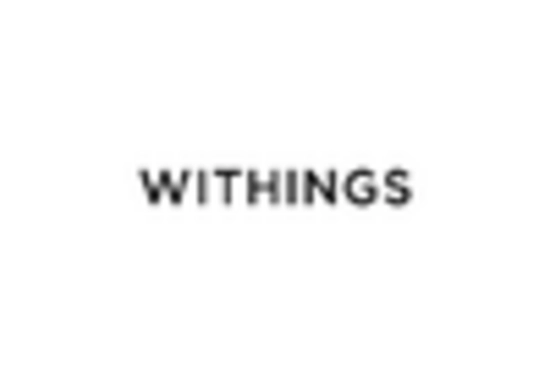








Leave a Comment